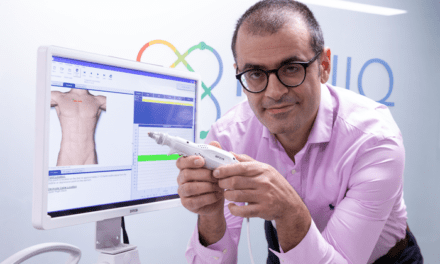New research questions whether the benefits of breast cancer screenings has gradually declined to a degree that it is too small in relation to the costs due to overdiagnosis and overtreatment.
This was reflected in a Norwegian-based study that analyzed 10,580 breast cancer deaths among Norwegian women aged 50 to 75 years.
“The beneficial effect of screening is currently declining because the treatment of cancer is improving. Over the last 25 years, the mortality rate for breast cancer has been virtually halved,” says Henrik Støvring, who is behind the study that was published in The European Journal of Public Health
Overdiagnosis & Overtreatment
When breast cancer screening was introduced, the assessment was that 20% of deaths of those who screened for cancer could be averted. While this corresponded to approximately 220 deaths a year in Denmark 25 years ago, today the number of deaths have been halved compared to then.
On the other hand, the adverse effects of screening are unchanged.
“One in five women aged 50-70, who is told they have breast cancer, has received a ‘superfluous’ diagnosis because of screening – without screening, they would never have noticed or felt that they had breast cancer during their lifetime,” says the researcher.
That 20% represents 900 women, annually, in Denmark. In addition, every year more than 5,000 women are told that the screening has given rise to suspicion of breast cancer that later turns out to be inaccurate.
Issues in Diagnosing Small Tumors
Henrik Støvring says that the result is not beneficial for screening programs.
The Norwegian results can also be transferred to Denmark, he added.
Here, women between the ages 50 and 69 are offered a mammogram screening every second year. This is an x-ray examination of the breast that can show whether the woman has cellular changes that could be breast cancer.
The Danish screening program became a national program offered to all woman in the age group in 2007, which was three years after the Norwegians. Approximately 300,000 Danish women are invited to screen for breast cancer every year.
According to Støvring, one of the biggest challenges is that we are not currently able to tell the difference between the small cancer tumors that are fatal and those that are not. Some of these small nodes are so slow-growing that someone who had it would die a natural death with undetected breast cancer if she had not been screened. But once a cancer node has been discovered, it must be treated, even if it was ultimately not necessary for some of the women.
“The women who are invited to screening live longer because all breast cancer patients live longer, and because we have got better drugs, more effective chemotherapy, and because we now have cancer care pathways, which mean the healthcare system reacts faster than it did a decade ago,” says Henrik Støvring.





